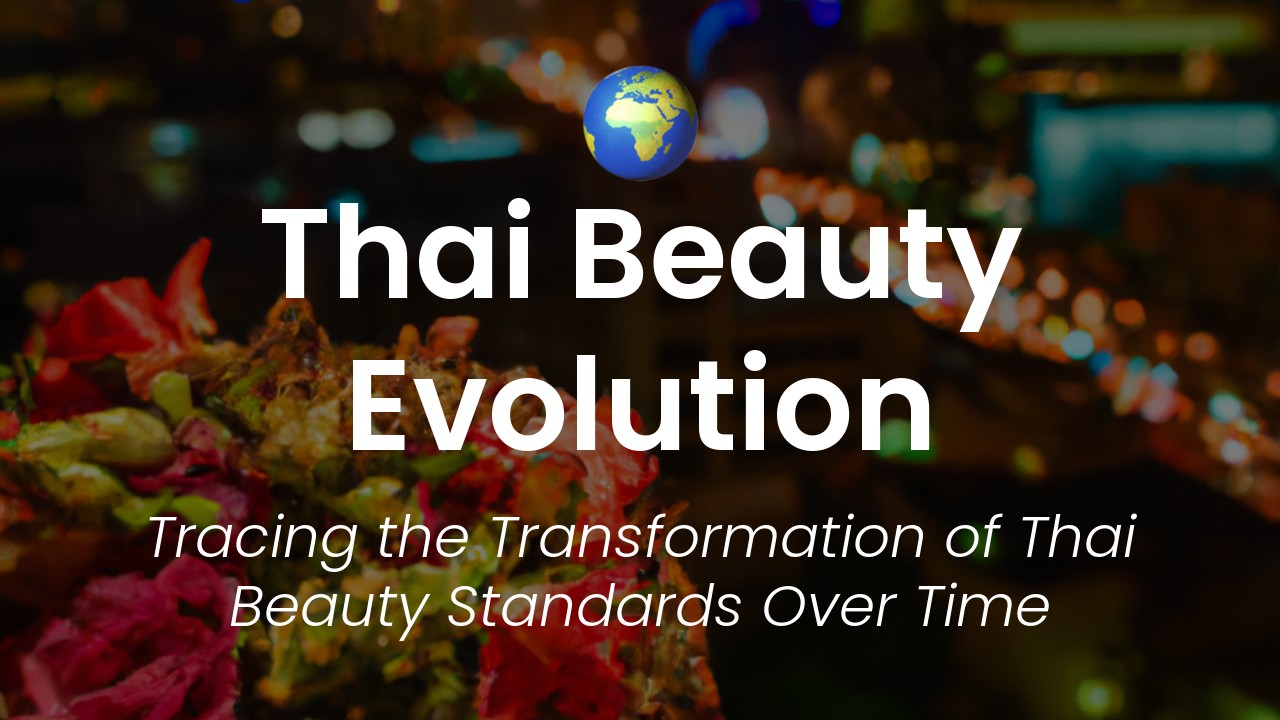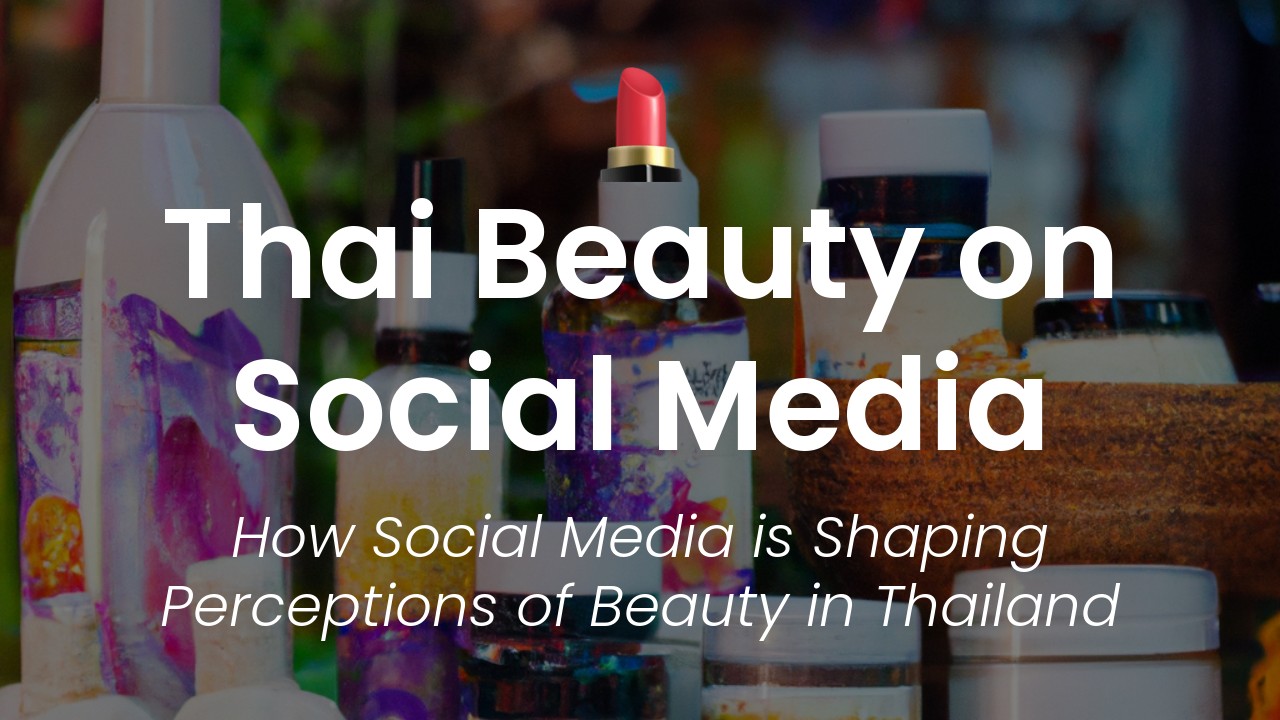Hello, readers! My name is Sirinya and today I would like to talk about a subject that is very close to my heart: Thai beauty. Beauty is a concept that has been changing and evolving throughout history, and Thai culture is no exception. Today, I would like to share with you the fascinating journey of Thai beauty standards and how they have evolved over time.
Thai beauty standards have always been influenced by different cultural and social factors. From the ancient period to modern times, beauty has been associated with societal status, physical features, and personal habits. It's interesting to note how the perception of beauty has differed from one era to another.
In the past, Thai beauty was defined by simple and natural features such as smooth and clear skin, bright eyes, and long hair. Women used traditional beauty practices to enhance their looks, such as applying turmeric powder to their faces and using coconut oil in their hair. However, as the country became more exposed to Western culture and ideals, beauty standards began to change. The new standards were influenced by a more Westernized approach, incorporating features such as lighter skin tone, thin body shapes, and double eyelids.
Early beauty standards
Thai beauty standards have been evolving for centuries, and have been shaped by various factors such as religion, royalty and neighboring countries. It is fascinating to discover how these standards have changed over time.
Early Thai beauty standards were heavily influenced by Hinduism and Buddhism. During this period, women with long hair, clear skin and slender figures were considered beautiful. Hair was considered so important that cutting a woman's hair was considered a form of punishment.
Royalty also played a role in shaping beauty standards, as members of the royal family were considered the epitome of beauty. The Queen of Thailand was expected to set the beauty standard for the nation.
Influence of religion and royalty
During the 14th century, when Thailand was known as Siam, the ideal of female beauty changed. Women who had long necks were highly sought after. Another trend that emerged was blackening of teeth. This practice was considered fashionable and was seen as a mark of beauty and a sign of status.
The way women dress in Thailand has also been influenced by religion. For instance, many women still wear traditional clothing like the Chut Thai, a two-piece ensemble consisting of a long skirt and a blouse.
Influence of neighboring countries
Thailand is a melting pot of cultures, and its beauty standards have been influenced by many neighboring countries. For instance, during the 18th century, beauty standards were heavily influenced by China. Women with visible cheekbones and a small nose were considered beautiful.
In the 19th century, women with light skin became popular, as they were associated with wealth and social status. This trend was largely influenced by India, where fair skin was considered a mark of beauty and elegance.
Modernization and Western influence
The 20th century ushered in a period of modernization, and this had a significant impact on Thai beauty standards. Western influence became more prominent, and this led to a shift towards Western ideals of beauty. Light skin, sharp noses, and firm figures became the new norm.
One of the biggest changes was the advent of cosmetic surgery. Thailand is now one of the top destinations for medical tourism, a trend that has been fueled by the increasing demand for cosmetic surgery.
Current beauty trends in Thailand
In modern Thailand, the beauty ideal is a mixture of traditional and modern elements. The ideal woman is expected to have smooth, clear skin, slim and toned body, high cheekbones and a small nose.
The modern Thai woman is also expected to be highly fashionable, regularly wearing makeup, designer clothing and jewelry. Social media has also had a significant impact on beauty standards, with many women striving for the perfect selfie.
Criticisms and controversies
As with any evolving beauty standard, there have been criticisms and controversies. The trend towards cosmetic surgery and skin whitening has been criticized for promoting unrealistic beauty standards. There have also been concerns that this trend promotes a Eurocentric standard of beauty that ignores the diverse cultural heritage of Thailand.
Others argue that the pressure to conform to these beauty standards can be harmful, and can result in depression, anxiety, and other mental health issues.
Future of Thai beauty standards
It is difficult to predict what the future holds for Thai beauty standards. However, given the country's history and diversity, it is likely that beauty standards will continue to evolve and become even more diverse.
One thing that is clear is that Thai women are increasingly making their own decisions about what beauty means to them. There is a growing movement challenging the traditional beauty standards, and promoting inclusivity and diversity. Perhaps this is the way forward – a beauty standard that embraces all women, regardless of their ethnicity or background.
Overall, the evolution of Thai beauty standards is a fascinating topic. The influence of religion, royalty, and neighboring countries has created a rich and diverse history of beauty that continues to evolve to this day. As with any beauty standard, there are criticisms and controversies, but there is also a growing movement towards inclusivity and diversity.







